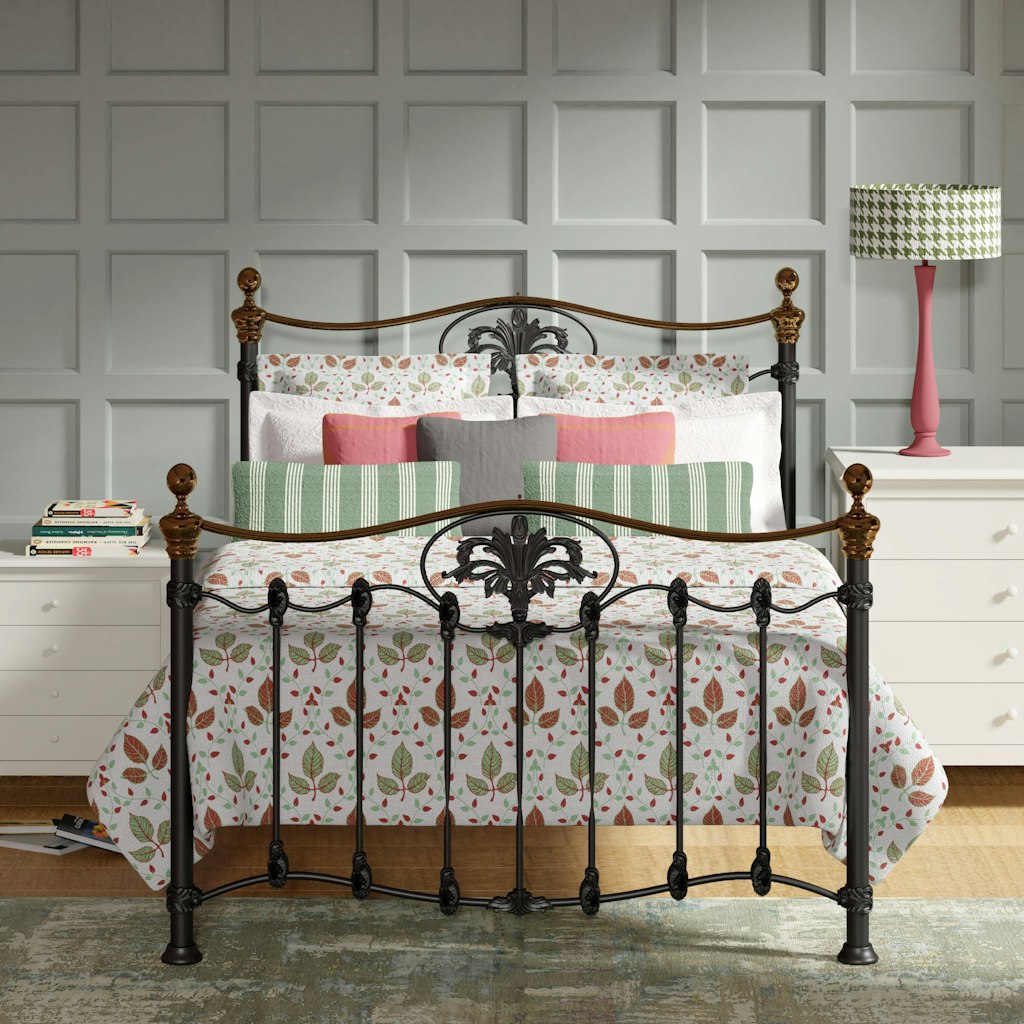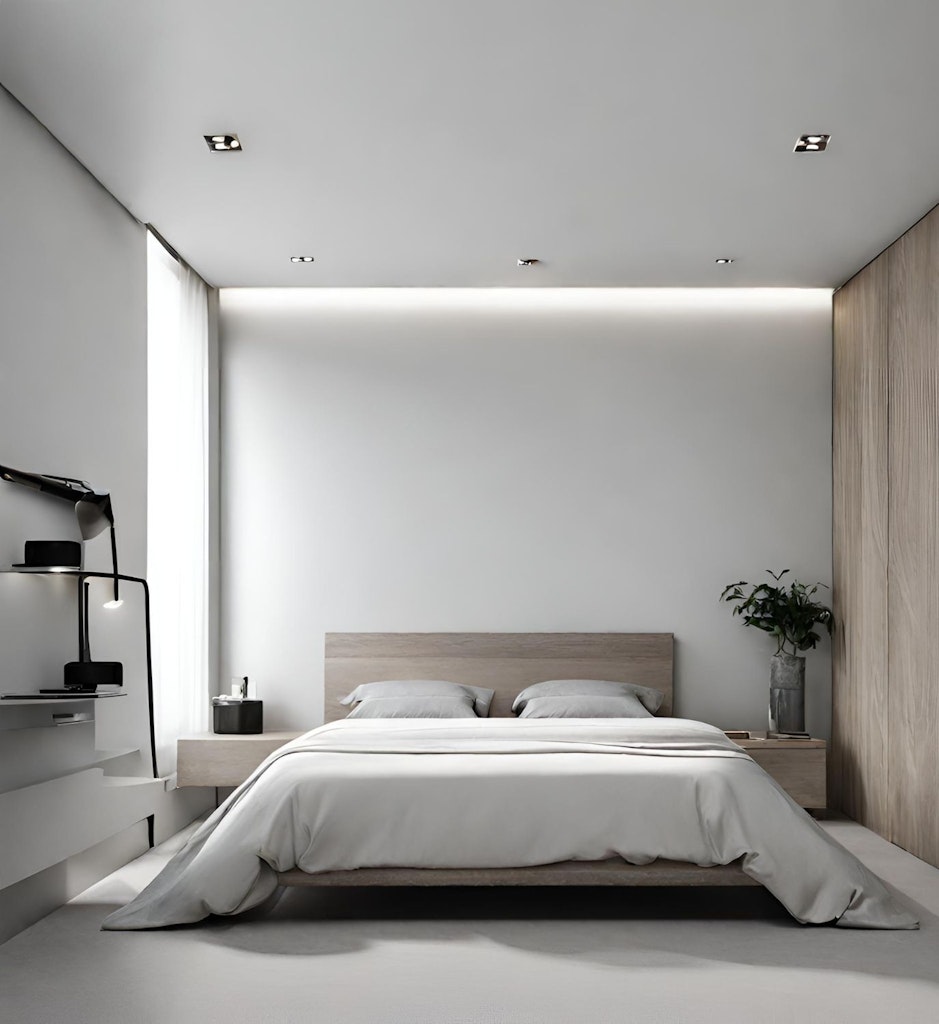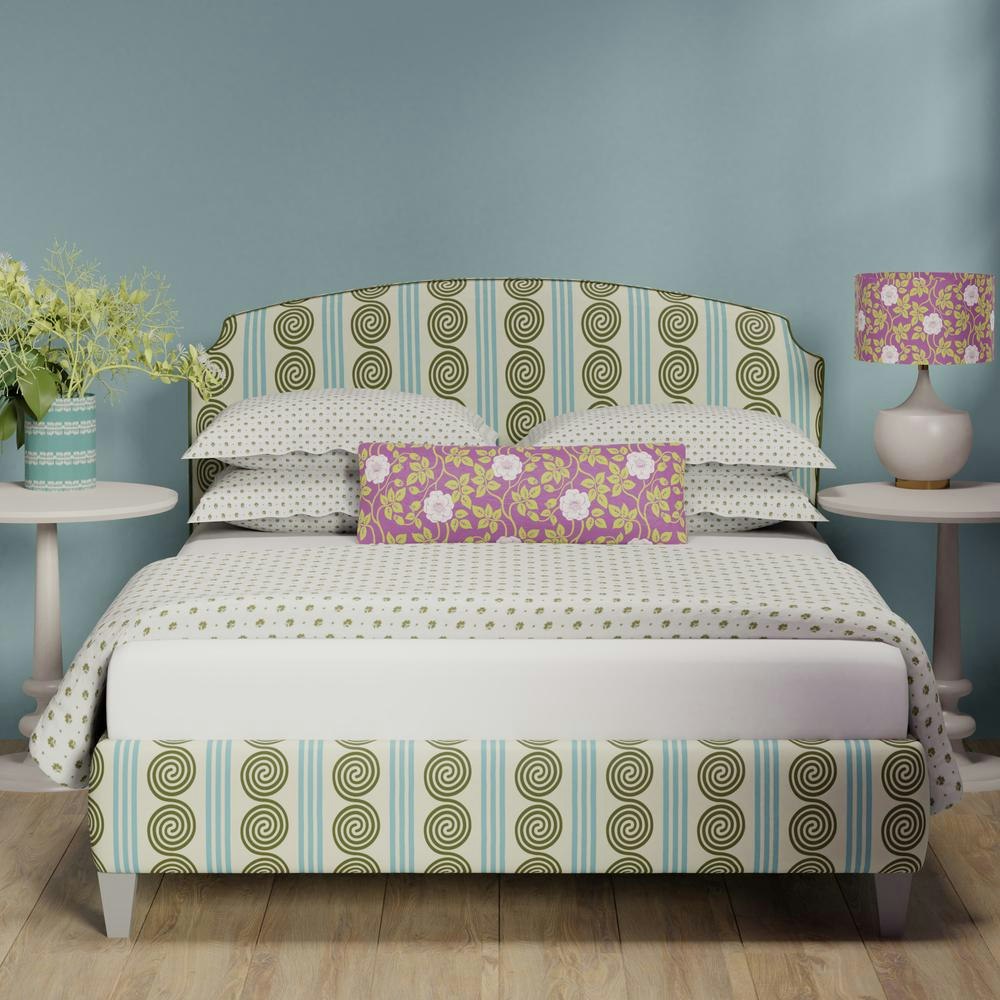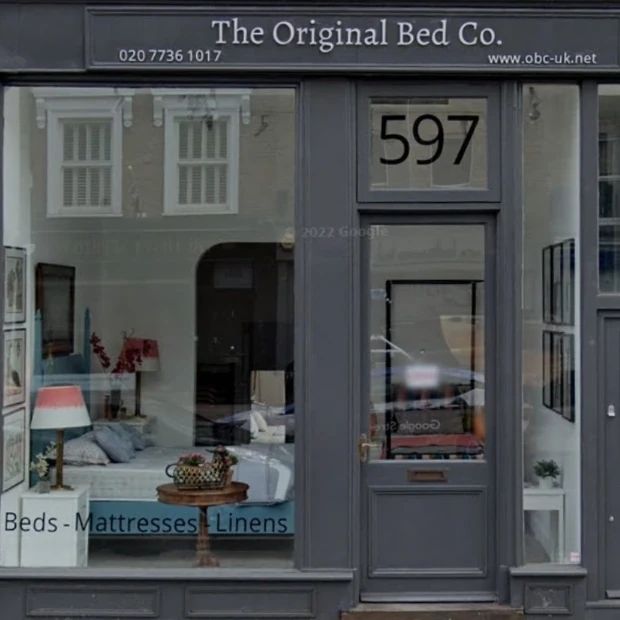Should bedrooms prioritise functionality over aesthetics in their designs?
A bedroom isn’t merely a place to sleep — it’s a sanctuary, a retreat from the chaos of the outside world. The design of this space is key, as it directly impacts our well-being and comfort.
However, there’s an ongoing debate in the world of interior design: should bedrooms prioritise functionality over aesthetics, or vice versa?

The case for functionality
Factors that contribute to functionality
- Layout: A well-thought-out bedroom layout ensures efficient use of space. For example, arranging furniture in a way that allows easy access to key areas such as the bed and wardrobe improves the functionality of the space.
- Storage Solutions: Adequate storage is essential for maintaining a clutter-free bedroom environment. Incorporating smart storage solutions like wall-mounted shelves not only maximises space but also contributes to the overall functionality of the room.
- Furniture Placement: Strategic placement of furniture is key to optimising functionality within a bedroom. For instance, placing the bed in a central location allows for easy movement within the room. You should also consider the scale of furniture in relation to the size of the room to avoid overcrowding.
By carefully considering these factors, it’s possible to create a space that not only looks aesthetically pleasing but also serves its intended purpose effectively.
Examples of functional bedroom designs
Minimalist designs are a prime example of how functionality can take precedence without sacrificing style. By decluttering the space and adopting a less-is-more approach, minimalist bedrooms create an atmosphere of serenity and calmness.

TIP: Multi-functional furniture pieces, such as storage beds or foldable desks, are clever solutions for maximising space in smaller bedrooms.
The allure of aesthetics
While functionality lays the groundwork, aesthetics add depth and character to a bedroom. Research shows that visually appealing environments can have a profound impact on our mood, evoking feelings of joy, tranquillity, and happiness.
In the context of the bedroom, aesthetics play a crucial role in creating a calming environment conducive to restful sleep. Soft colours, natural textures, and minimalist decor can evoke a sense of tranquillity, helping to alleviate stress and promote relaxation.
Furthermore, personalisation through bedroom aesthetics allows you to create a space that reflects your unique preferences. Whether it’s through artwork or furniture, the ability to tailor the aesthetic of your bedroom to your personality fosters a deeper connection to the space.
Keeping up with bedroom aesthetic trends also provides insights into how various styles influence ambience. Whether it’s the calming simplicity of Scandinavian design or the luxurious opulence of Art Deco, each style evokes a unique mood.
Suggested reading: How to Decorate Your Bedroom on a Budget
Incorporating elements of nature for a tranquil atmosphere
Incorporating elements of nature, such as plants or natural materials, can infuse a sense of serenity into your bedroom.
Here are tips to help you bring the outdoors inside:
- Natural Materials: Opt for furniture and decor made from natural materials such as wood, bamboo, rattan, or stone.
- Plants: Introduce houseplants into your bedroom to purify the air and bring a touch of greenery indoors.
- Natural Light: Maximise natural light in your bedroom by keeping windows unobstructed and using sheer curtains that allow sunlight to filter through.
- Nature-Inspired Colours: Incorporate earthy tones and soft, natural hues into your bedroom colour scheme.

Suggested reading: Amazing Natural Bedroom Ideas
Striking a balance
Achieving a harmonious balance between functionality and aesthetics is key in bedroom design. This allows you to seamlessly blend practicality with beauty to create a visually appealing yet relaxing space.
For example, investing in ergonomic furniture not only enhances aesthetics but also ensures comfort and posture support. Thoughtful design choices, such as integrating stylish storage solutions, enhance functionality while maintaining visual appeal.
Tailoring the design to your individual preferences ensures that your bedroom suits your unique needs, whether prioritising comfort or aesthetics. Finding this balance guarantees a personalised space that promotes both relaxation and style.
Final thoughts
In bedroom design, the debate between functionality and aesthetics is ongoing. While functionality lays the foundation, aesthetics injects character. Achieving a balance ensures a visually captivating yet tranquil space that promotes rest and relaxation. Ultimately, the perfect bedroom design should reflect your personality while prioritising comfort and well-being.





